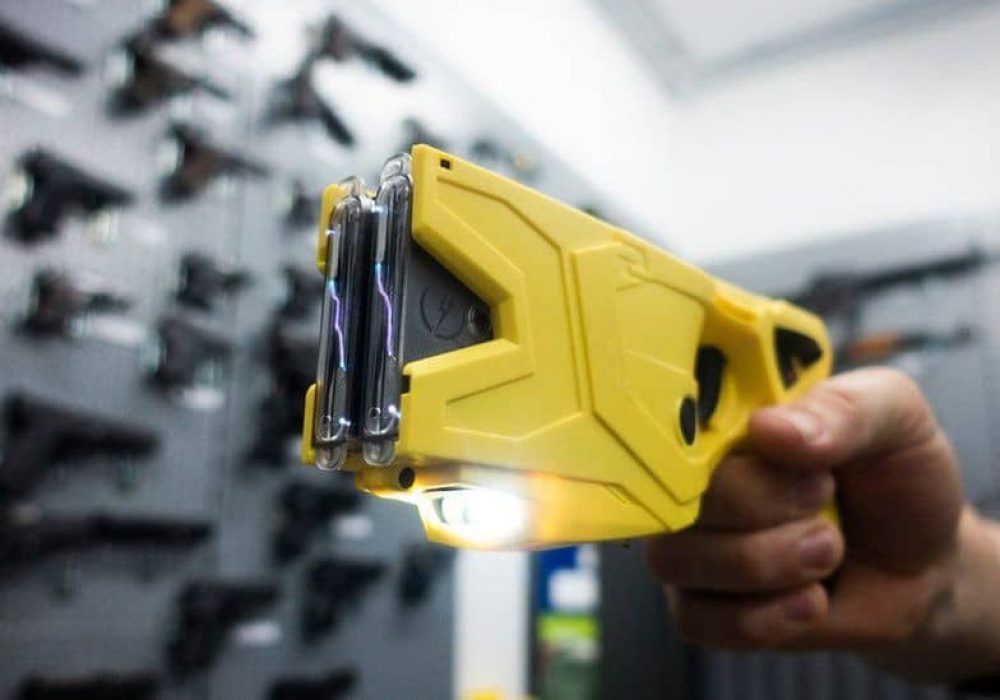How Insurance Companies and School Districts are Weighing Risk versus Emotion
“Without a doubt, one of the most controversial and emotionally charged topics in our country right now centers around arming teachers.” said Charles ‘Chuck’ Andrews, member of the ASIS International Board of Directors and former Chief of Police. His home state of Texas has led the nation in drafting legislation allowing teachers and school administrators to be armed. But others are running into a roadblock and it’s not what you may think it is.
He adds, “One of the obstacles that many state legislators and school districts face when drafting bills and policies around arming teachers is insurance companies.” Fundamentally, insurance companies should be looking at this from a risk assessment perspective and not from the emotional gun debate side. They should be evaluating the potential benefits to risk reduction are created by arming school administration. But because this issue is still so new there just isn’t enough extensive claims history and evidence to help guide most insurance carriers.
Risk versus Emotion - Are Insurance companies the roadblock to arming teachers?
By simply looking at this from the risk assessment perspective, there are two key factors that should be addressed:
- Training
- Safe and secure storage of weapons
Without question, any school administrator who voluntarily agrees to be armed during the school day, should receive extensive weapons and tactics training that is overseen by Law Enforcement. Establishment of a comprehensive training program would certainly minimize the chances that this new responsibility is not a liability. It would also ensure that in the event a teacher must protect their school by means of a deadly weapon, they are trained in the tactics to do so effectively without putting the school or law enforcement at added risk.
While training is arguable one of the most important factors in risk reduction, how weapons are stored on campus may be of equal importance. “When we think of arming teachers, most of us automatically think of Mrs. Jones the math teacher, in class with a 9mm handgun concealed in her purse or worse, her unattended desk drawer.” said Bekah Rambadt, Marketing Director at Grav I.T. (developer of A.S.R.S.). She goes on to say, “Allowing teachers to physically carry weapons on their person, even if concealed, certainly poses potential risks to students and staff.” She believes that a safe storage system like A.S.R.S. not only addresses the concerns of many insurance companies but may also help change the emotional thinking posed by many gun-control activists who have a strong belief against arming teachers school staff.
Giving Teachers and Insurance Companies Options
“Where I think a safe system like A.S.R.S. becomes a game changer in this debate is that it gives teachers and staff an option during a crisis.” according to Andrews. He explains, “With defense tools being stored in a secure and relatively obscure safe that can only be accessed by specific personnel, you aren’t just limiting who can access these tools, but they must make a conscious decision of ‘Why’ they need to access them.” He sees this as a win-win for all involved, but especially for school staff and insurance companies who want to reduce threats or risks but are also concerned about liability.
An insurance company insider, who asked to remain anonymous, agrees with Mr. Andrews, “Anytime you look at arming staff you have to find a way to reduce that risk. Arming alone increases risk from a liability/ insurance standpoint.” According to this insider, even insurance companies see the potential value for arming teachers, but caution that, “there is always the factor of ‘human error’ that you encounter in a very serious way when you talk about arming staff. From a Risk Mitigation standpoint any layers you add to avoid that human error is going to lessen the risk.”
While the debate over arming teachers will most likely remain an emotional and potentially volatile one, all sides should be looking at all avenues to reduce or eliminate risk, even if that includes placing firearms in schools.











